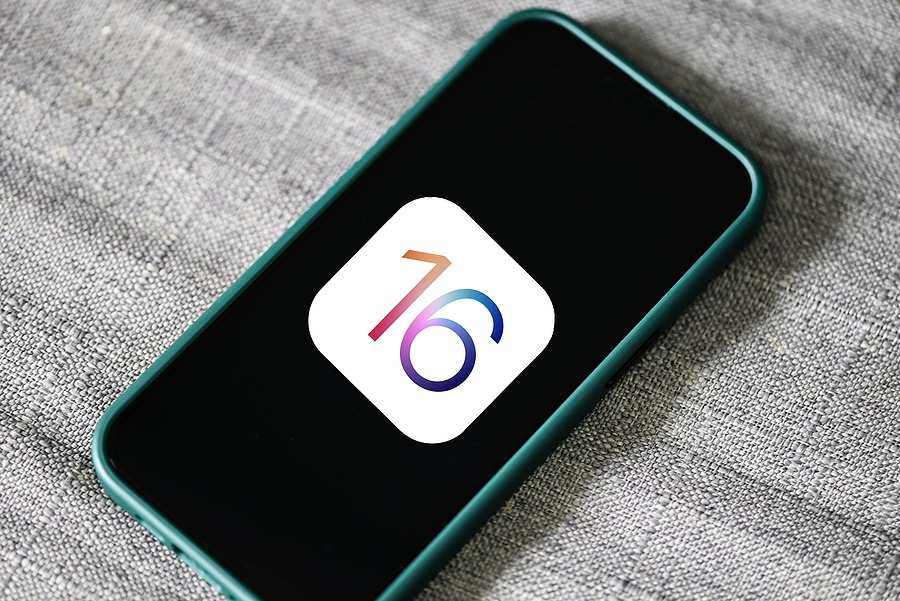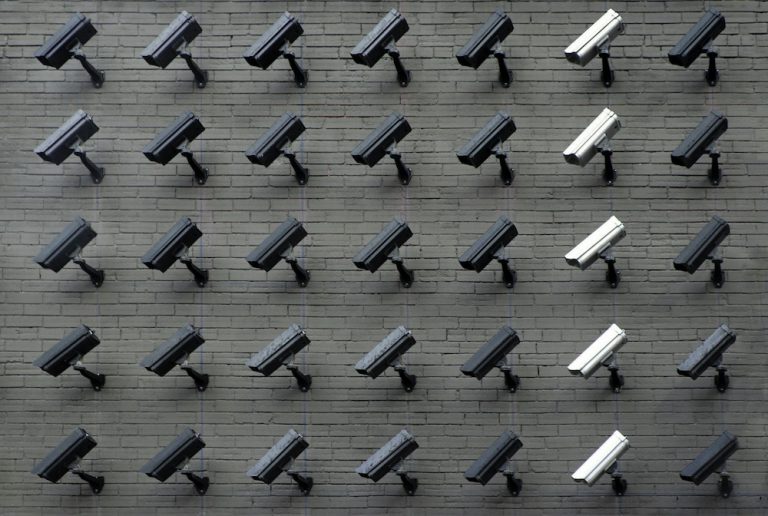Why You Should Care
Your phone is you – and the gateway to every part of your life that can be attacked. With Apple’s new Lockdown Mode you can take substantive steps to protect it from malware and spyware.
What You Need to Know
Lockdown Mode is a separate operating system mode. To turn it on, users enable the feature in the Settings menu and then are prompted to restart their device for all of the protections and digital defenses to fully take effect. The feature imposes limitations on the leakiest parts of the operating system sieve. Lockdown Mode attempts to comprehensively address threats from web browsing, for example, by blocking many speed and efficiency features that Safari (and WebKit) use to render webpages. Users can specifically mark a certain webpage as trusted so it loads normally, but by default, Lockdown Mode imposes a host of restrictions that extend anywhere WebKit is working behind the scenes. In other words, when you load web content in a third-party app or an iOS app like Mail, the same Lockdown Mode protections will apply.
Lockdown Mode also limits all sorts of incoming invitations and requests, unless the device has previously initiated a request. That means your friend won’t be able to call you on FaceTime, for example, if you’ve never called them. And to take it one step further, even when you initiate an interaction with another device, Lockdown Mode only honors that connection for 30 days. If you don’t talk to a particular friend for weeks after that, you’ll need to reestablish contact before they can reach out to you again. In Messages—a frequent target of spyware exploitation—Lockdown Mode won’t show link previews and will block all attachments with the exception of a few trusted image formats.
Lockdown Mode also strengthens other protections. For example, when a device is locked, it won’t receive connections from anything physically plugged into it. And, crucially, a device that isn’t already registered with one of Apple’s enterprise mobile device management (MDM) programs can’t be added to one of these schemes once Lockdown Mode is turned on. This means that if your company gives you a phone enrolled in the corporate MDM, it will remain active if you then enable Lockdown Mode. And the manager of your MDM can’t remotely turn off Lockdown Mode on your device. But if your phone is just a regular consumer device and you put it in Lockdown mode, you won’t be able to activate MDM. This is important because attackers will trick victims into enabling MDM as a way of gaining the ability to install malicious apps on their devices.



